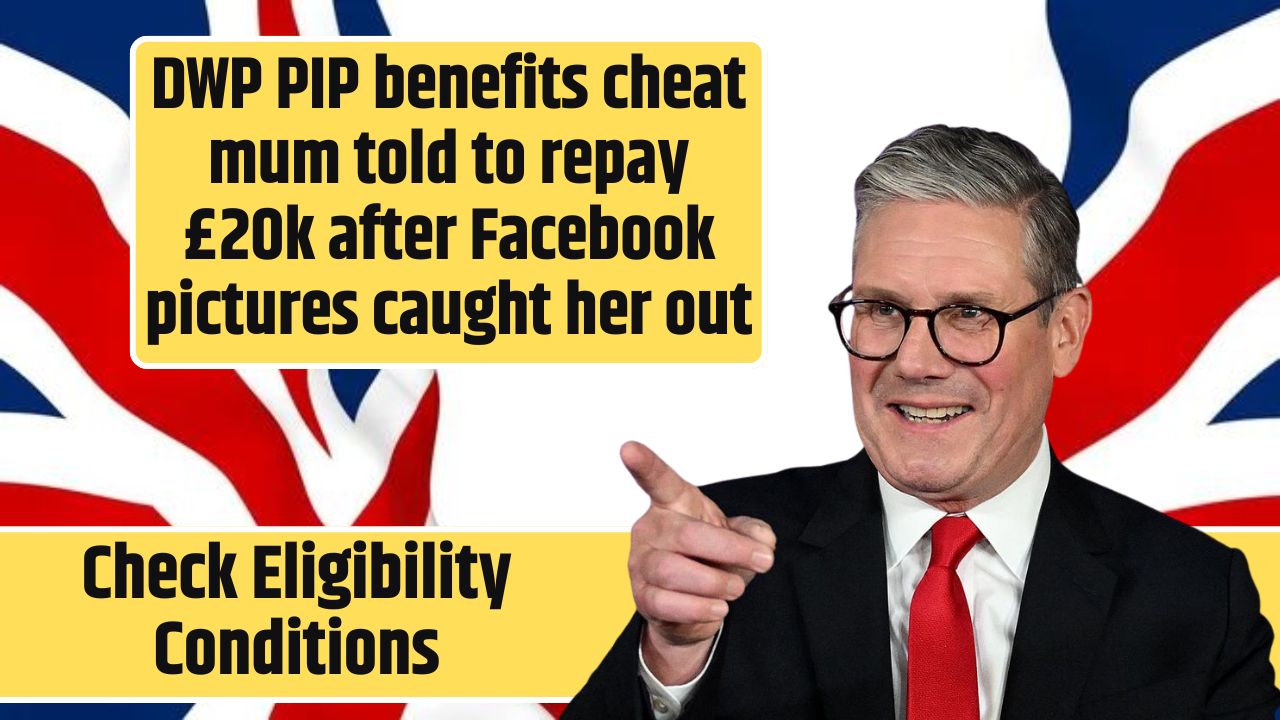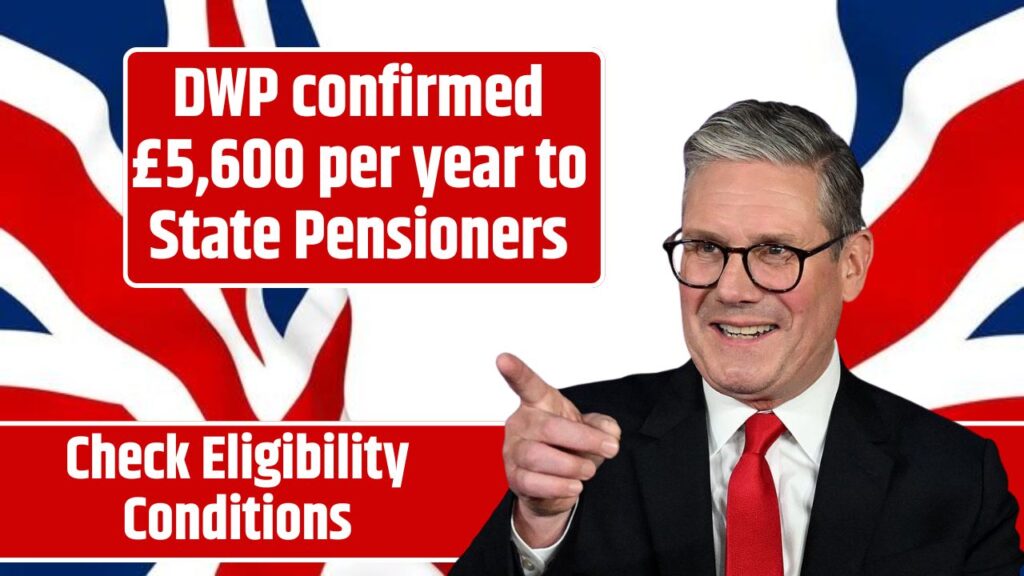If you’ve recently received a letter from the Social Security Administration (SSA) about an overpayment, you’re not alone—and yes, it’s serious. Starting March 27, 2025, the SSA has officially changed how it handles new overpayment cases.
The most dramatic shift? They’re now withholding full monthly benefits from affected recipients until the debt is paid back.
This is a big change from the previous system, where they would typically take just 10% of your check each month. Now, if you’re overpaid, you might not see another benefit payment for a while—until your entire balance is cleared.
Let’s break down what this means, what you can do, and how to stay ahead of the curve.
Overpayments
Under the new policy, anyone who’s overpaid after March 27, 2025, will see 100% of their monthly benefit withheld. That’s right—no checks until the full amount is recovered. For a lot of recipients who rely heavily on their Social Security benefits, this can be financially devastating.
Here’s a quick look at the old vs. new system:
| Policy Type | Before March 27, 2025 | After March 27, 2025 |
|---|---|---|
| Standard SSA Overpayment | 10% withholding | 100% withholding |
| Existing Overpayment Cases | 10% continues | 10% continues |
| SSI Recipients | 10% withholding | 10% withholding |
It’s important to know that SSI recipients and those already repaying prior overpayments aren’t impacted by this change. Their withholding rate remains at 10%.
Reasoning
So why the sudden change?
It’s all part of a wider effort to cut federal costs and reclaim lost dollars. The SSA has reportedly made $72 billion in improper payments over seven years, with $23 billion still uncollected as of late 2023.
The agency expects this full-withholding policy to recover around $7 billion over the next 10 years.
This aligns with broader government efforts under President Trump’s second term. With the new Department of Government Efficiency (DOGE), led by Elon Musk, federal agencies—including SSA—are under pressure to slash waste and improve efficiency. This also means workforce cuts, with SSA expected to eliminate 7,000 jobs, a 12% staff reduction.
Responses
If you’ve received a letter about an overpayment, take a breath and don’t panic. Here’s your action plan:
- Review the notice carefully: Double-check the amount, dates, and reason. Mistakes do happen.
- Don’t ignore it: You typically get 30 days + 5 for mail before any money is withheld.
- Repayment options:
- Credit card
- Online bill pay
- Check or money order
- Can’t afford it? You can:
- Appeal the overpayment
- Request a waiver if it wasn’t your fault or if repaying causes hardship
Contact SSA directly at 1-800-772-1213 or visit your local office to start the process.
Prevention
Want to avoid this mess in the future? Most overpayments happen because of life changes that the SSA isn’t made aware of fast enough. Here’s how to prevent it:
- Update your info quickly: Report changes in income, job status, marital status, or living arrangements.
- Track your payments: If your check suddenly goes up, double-check that it’s legit.
- Use your SSA online portal: The my Social Security account lets you manage and monitor everything in one place.
Impact
Let’s not sugarcoat it—this rule could hit a lot of vulnerable people hard. Critics say the SSA is being too aggressive. Former SSA Commissioner Martin O’Malley even warned that “innocent people can be badly hurt” by these changes.
If you’re in a tough spot, the key is to act fast. There are ways to fight back, delay repayment, or at least ease the burden—but you’ve got to move quickly. Ignoring the letter will only make things worse.
FAQs
What changed in March 2025?
SSA now withholds 100% of benefits for new overpayments.
Who is affected by the new rule?
Only those overpaid after March 27, 2025 are affected.
Can I appeal an SSA overpayment?
Yes, you can appeal or request a waiver from SSA.
Are SSI recipients impacted?
No, SSI still uses the 10% withholding rate.
How can I prevent overpayments?
Report life changes and monitor your SSA account regularly.





















